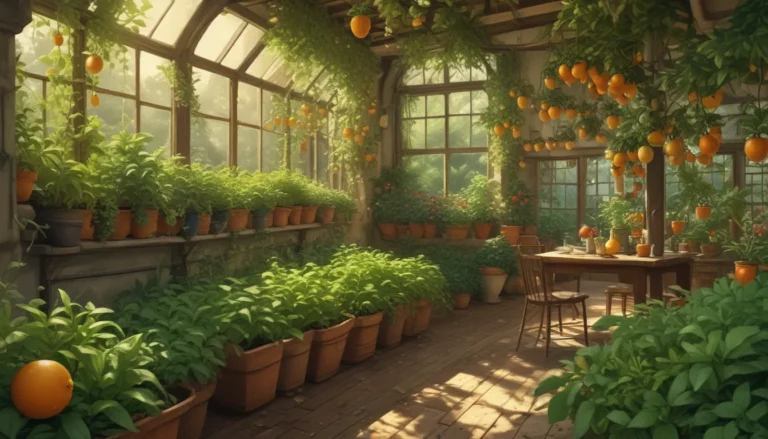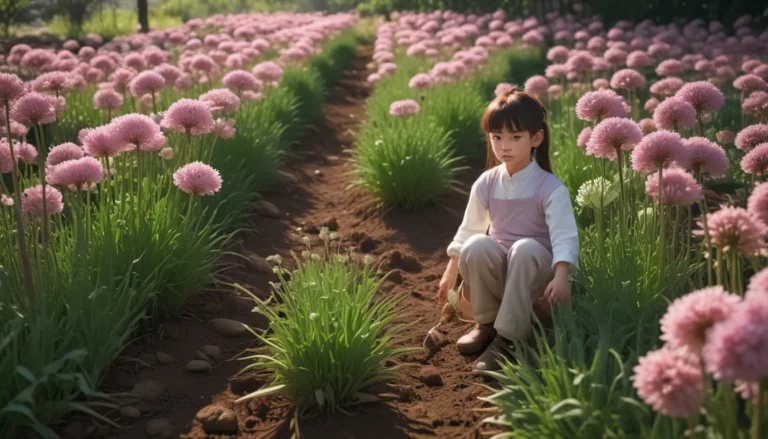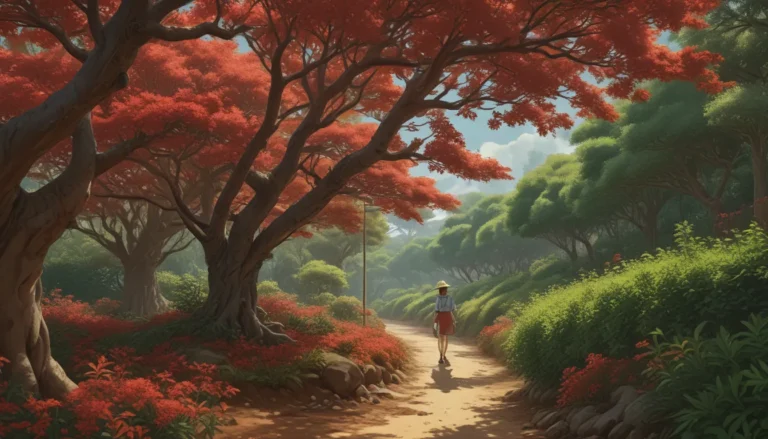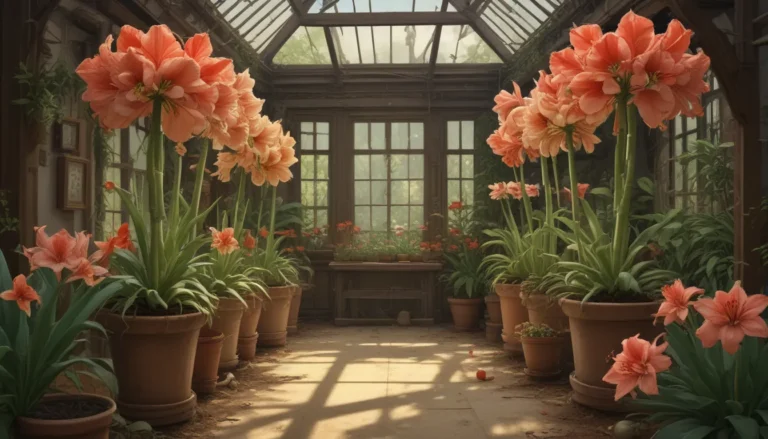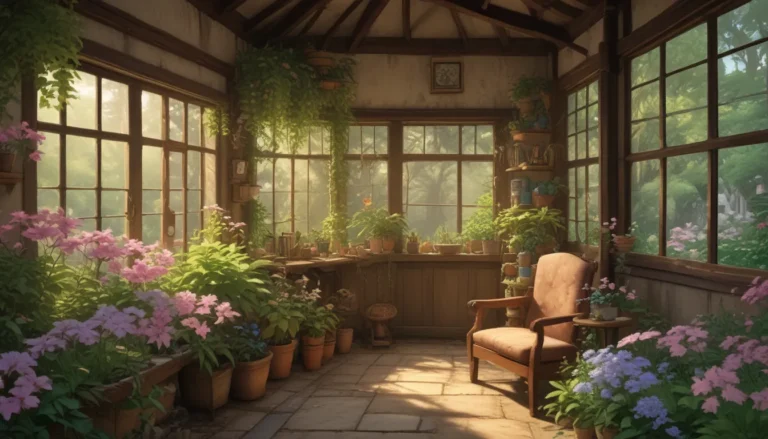The Ultimate Guide to Growing ‘Polish Hardneck’ Garlic
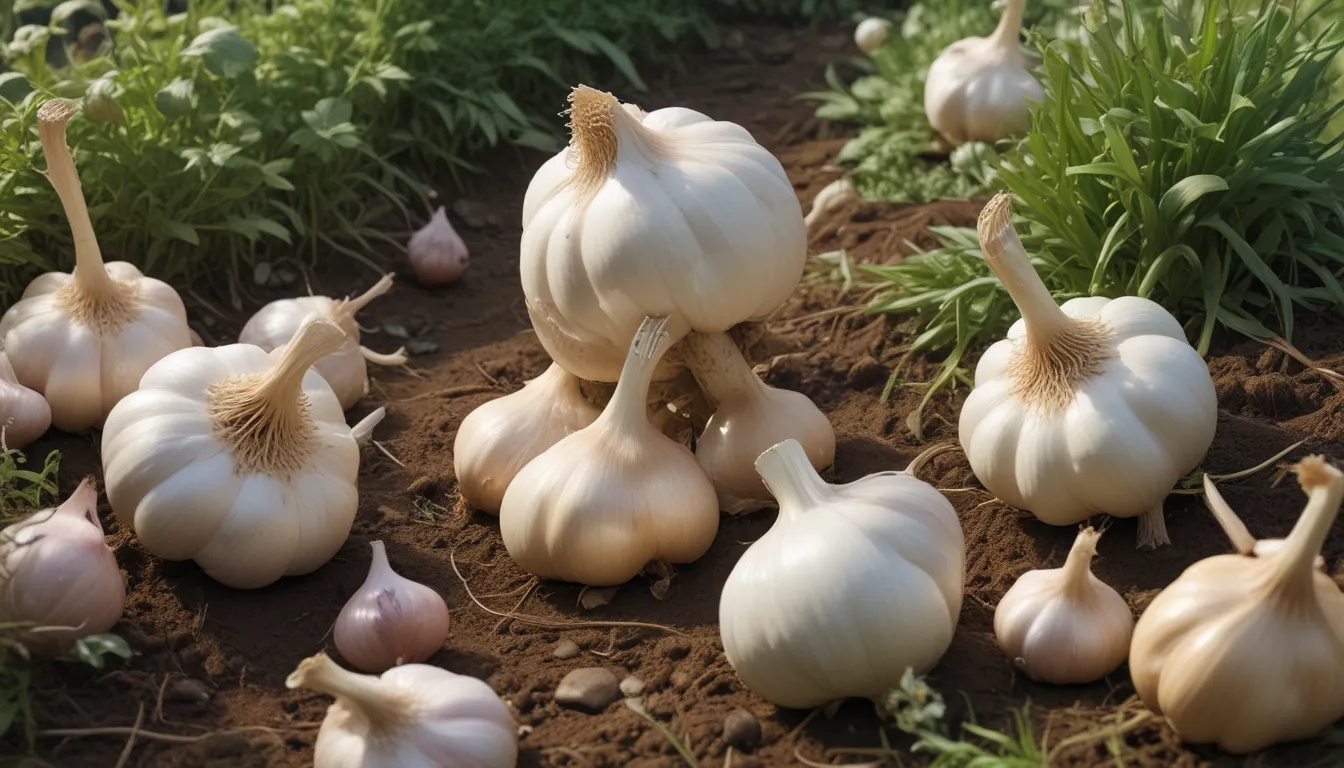
Are you a garlic lover looking to grow your own flavorful garlic in your garden? Look no further than ‘Polish Hardneck’ garlic, a pungent and spicy variety that hails not from Poland, but from Ontario, Canada. This unique garlic cultivar offers a rich and deep flavor with a searing kick that mellows out when cooked, making it a favorite among garlic aficionados.
In this comprehensive guide, we’ll delve into the cultivation and history of ‘Polish Hardneck’ garlic, how to propagate and grow it in your garden, tips for harvesting, curing, and storing, as well as delicious recipes and cooking ideas to make the most of your harvest. Let’s explore everything you need to know to successfully grow this flavorful garlic variety in your garden.
Cultivation and History of ‘Polish Hardneck’ Garlic
‘Polish Hardneck’ garlic was first cultivated in Ontario, Canada by allium grower John Yovanov and imported to the US by Rick Bangert. This garlic variety features large teardrop-shaped cloves with mottled purple skin and a pure white skin. The bulbs contain four to six large cloves each, offering a pungent and full flavor that is not overly spicy when eaten raw.
‘Polish Hardneck’ belongs to the porcelain group of garlic cultivars, known for their bold flavors and white skin. This variety is a late-harvest type that thrives in cold climates, ideally suited for USDA Hardiness Zones 1 to 7. High in allicin, a sulfuric compound with antibacterial properties, ‘Polish Hardneck’ offers a unique and intense garlic flavor.
Propagation of ‘Polish Hardneck’ Garlic
When sourcing seed bulbs for ‘Polish Hardneck’ garlic, it’s essential to choose reputable sellers to ensure healthy bulbs ready for growth. Plant the seed cloves about eight weeks before the first predicted frost date, ensuring they have time to establish roots before going dormant during the coldest months.
Plant the cloves approximately three inches deep and six inches apart in loose, well-draining soil. Avoid removing the wrapper from each clove when planting. Consider adding a protective layer of sawdust, straw, or shredded bark if you live in Zone 7 or lower to shield the bulbs during winter.
How to Grow ‘Polish Hardneck’ Garlic
‘Polish Hardneck’ garlic thrives in full sun and loose, well-draining soil. Ensure the plants receive regular moisture to support bulb development, especially during the spring months. Feed the plants with an all-purpose fertilizer in early spring to provide essential nutrients for growth.
To encourage bulb development, remove the lower stalk as it forms, directing the plant’s energy towards producing larger bulbs. Be mindful of weeds around your garlic plants, taking care to hand-pull them gently to avoid damaging the bulbs.
Growing Tips
- Plant in full sun and loose, well-draining soil.
- Feed with all-purpose fertilizer in early spring.
- Keep soil moisture even as the bulbs mature.
Where to Buy ‘Polish Hardneck’ Garlic
‘Polish Hardneck’ garlic is popular among garlic enthusiasts and can be found at specialty retailers online or locally. Look for this flavorful cultivar in the fall when sellers typically start shipping their stock. You might also come across ‘Polish Hardneck’ garlic bulbs at gardening clubs or from fellow gardeners willing to share this unique variety.
Managing Pests and Disease
While ‘Polish Hardneck’ garlic is resistant to most fungal issues, it is susceptible to pests like bulb mites, leaf miners, nematodes, and thrips. To prevent common diseases like white rot and basal rot, practice crop rotation, buy from reliable sellers, and avoid damaging the bulbs to reduce the risk of pathogens.
White rot and basal rot are challenging diseases to manage, requiring preventive measures such as sourcing disease-free seeds and rotating crops regularly. Both diseases can cause significant damage to garlic plants if left untreated, leading to yellowing leaves, root damage, and plant collapse.
Harvesting, Curing, and Storing ‘Polish Hardneck’ Garlic
After approximately 240 days, it’s time to harvest your ‘Polish Hardneck’ garlic when a third of the leaves turn yellow or brown and start to fall over. Gently dig up the bulbs with a shovel or fork to avoid damaging the plants. Once harvested, follow the curing process to allow the garlic to store for up to four months.
‘Polish Hardneck’ garlic is ideal for pickling or fermenting due to its large cloves and excellent flavor retention. Consider freezing peeled cloves for up to a year by mincing them and storing them in airtight bags. This cultivar offers versatile cooking options, whether roasted whole, minced in guacamole, or used in a variety of dishes.
Recipes and Cooking Ideas
The skin of ‘Polish Hardneck’ cloves peels easily, making it a convenient choice for cooking. Whether you enjoy roasted garlic spread on bread or minced in guacamole, this versatile variety offers a rich and spicy flavor profile. Experiment with different recipes and cooking techniques to enjoy the unique taste of ‘Polish Hardneck’ garlic in your favorite dishes.
Quick Reference Growing Guide
- Plant Type: Allium bulb vegetable
- Native to: Ontario, Canada
- Hardiness (USDA Zone): 1-8
- Season: Fall-summer
- Exposure: Full sun
- Time to Maturity: 240 days
- Spacing: 6 inches
- Water Needs: Moderate
- Maintenance: Low
- Common Pests and Diseases: Bulb mites, leaf miners, nematodes, onion maggots, thrips; basal rot, white rot
- Cultivar: ‘Polish Hardneck’
Final Thoughts
‘Polish Hardneck’ garlic is a must-have for any garlic lover looking to grow flavorful and pungent garlic in their garden. With its unique flavor profile and ease of cultivation, this cultivar is a favorite among garlic aficionados. Whether you’re a seasoned gardener or new to growing garlic, ‘Polish Hardneck’ offers a rewarding and delicious harvest that can be enjoyed in a variety of culinary dishes.
Have you tried growing ‘Polish Hardneck’ garlic in your garden? Share your experiences and favorite recipes in the comments below! Explore the diverse world of garlic cultivation with other unique varieties to enhance your gardening experience. Happy growing!
